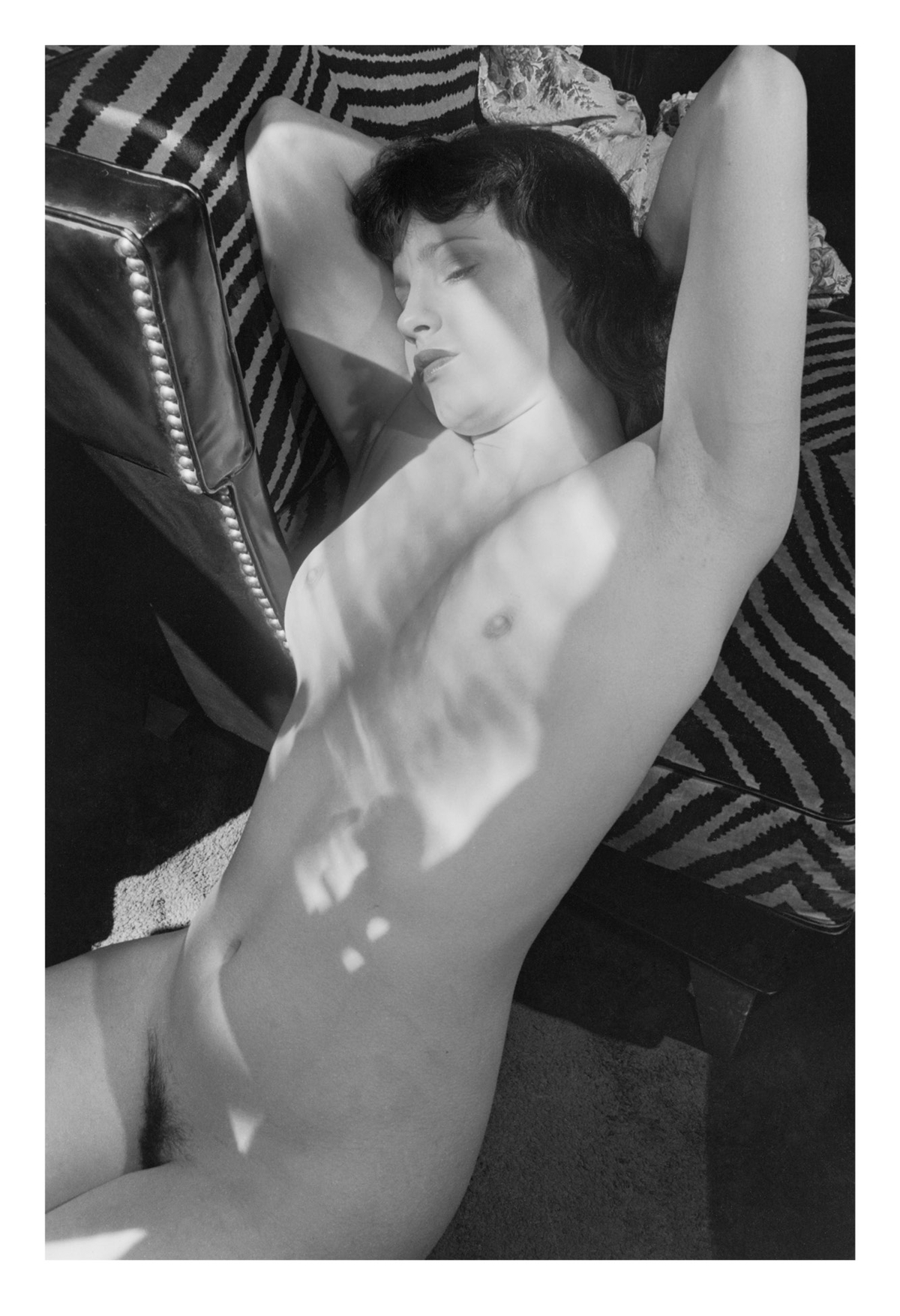Lee Friedlander launched his career with photographs of Miles Davis, Duke Ellington, Charles Mingus, and John Coltrane, taken for Atlantic Records in the late 1950s. He then moved on to black-and-white images of everyday life in America, in cities such as Detroit and Baltimore, as well as abroad. But the music never left him. “Friedlander displays the same kind of versatility as great jazz improvisers,” writes the Spanish curator Carlos Gollonet in the lead essay for a new book of Friedlander’s photographs, a survey stretching from his Atlantic Records days to the present.
It’s a versatility that’s alive both in the photos and in the approach of their maker. Friedlander is meticulous, utilizing the “urban geometry” of street signs and storefronts, telephone poles and windows, as a framing technique. At the same time, he’s noted, “I am not a premeditative photographer. I see a picture and I make it.” Friedlander can evoke Hemingway one minute—“The camera was a kind of net and what it caught had something to do with what was true,” he said of his early experiments with photography—and, in the next, the fun and spontaneity of a camera: “If one really knew what one was doing, why do it?” —Julia Vitale








